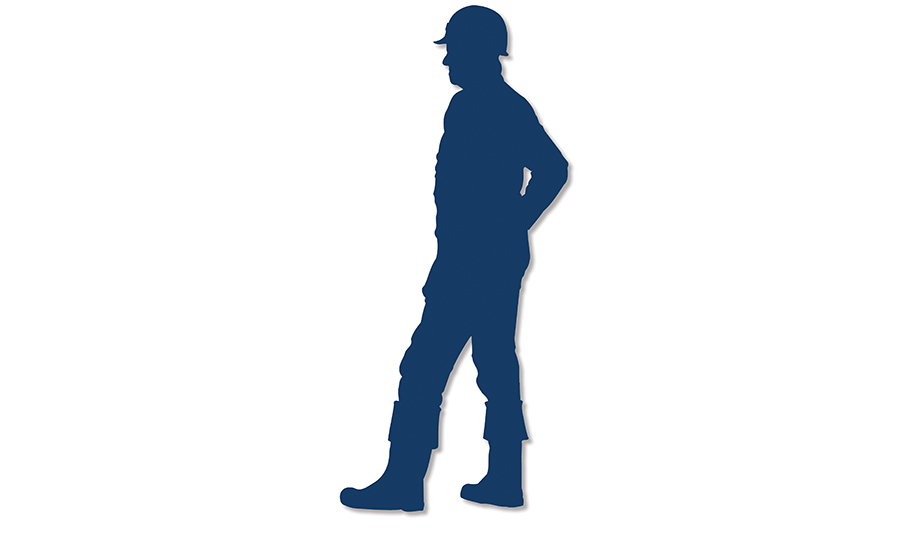For generations, people accepted that sore, tired feet were just a result of a hard day’s work, and tugging at the unforgiving leather boots to take them off at the end of the day became a symbolic end-of-work ritual that allowed the exhausted worker to finally put their work-weary feet up, before they try and recover until starting the cycle all over again the next morning.
Technology takes off
In the meantime, far from the factory floor and the building site, the sports shoe had sprinted ahead.
In 1977, Brooks introduced the first mass-market running shoe with a redesigned midsole that claimed to assist with pronation (where the foot pushes off at the end of each step). There was no turning back. A giant leap had been taken. And from then on cushioning and motion control have been central to any discussion about a sports shoe.
Other manufacturers were quick to follow. In 1979, Nike launched the iconic Nike Air cushioning system and soon competitors were in a dash to create their own proprietary shoe cushioning, along with suitably lavish, stylish futuristic names.
Technology had been brought into the sports shoe factory, and there was no slowing it down. In 1986, Adidas brought out a shoe with an electronic pedometer stitched into the tongue and in 1991 Reebok released the Pump, a shoe with air chambers on the upper that were said to create a customised fit. Materials, designs and gadgets came and went as manufacturers experimented, tested and tried.
Safety boots catch up
Historically, safety boots simply had to comply with safety standards and meet a company’s budget to be considered suitable. Safety boots were for tough men who did tough jobs. Comfort was for expensive sports shoes, weekend casual shoes and slippers for the home.
But the revolution was inevitable. Advances and improvements in podiatry, physiotherapy and biomechanics could no longer be excluded from the humble safety boot.
The sciences have now made it clearly understood that the cushioning provided to the feet is also cushioning provided to other shock-absorbing parts of the body, like the knees and spine. It is this total body health approach that reduces fatigue, injury and loss of productivity.
Progress has been fast. Since 1995, more and more research and development has been focused on reinventing safety footwear and, additionally, almost overnight the years of knowledge gained in the sports shoe industry was slam dunked into the safety boot.
Advanced cushioning technology was soon introduced and created a new level of cushioning in the sole, massively reducing pressures, impacts and shocks, which in turn reduced stress injuries to ankles, knees, hips and spine.
New materials, such as polyurethane introduced to the footbed, didn’t get compacted and squashed over time and instead added much-needed foot support and stability. Advances in linings made a difference by wicking away moisture and keeping the skin cool and dry. Better cushioning outsoles replaced the hard, heavy materials of yesteryear.
New designs were simultaneously adding new features, like the metatarsal guards that extend the impact protection of the toe cap right up the front of the foot.
Today, the boot of the workplace has certainly caught up with the boot of the sports field. The need for premium quality footwear materials that are resistant to electricity, chemicals, penetration and temperature while being light and comfortable will continue to drive the standards of the safety boot.



